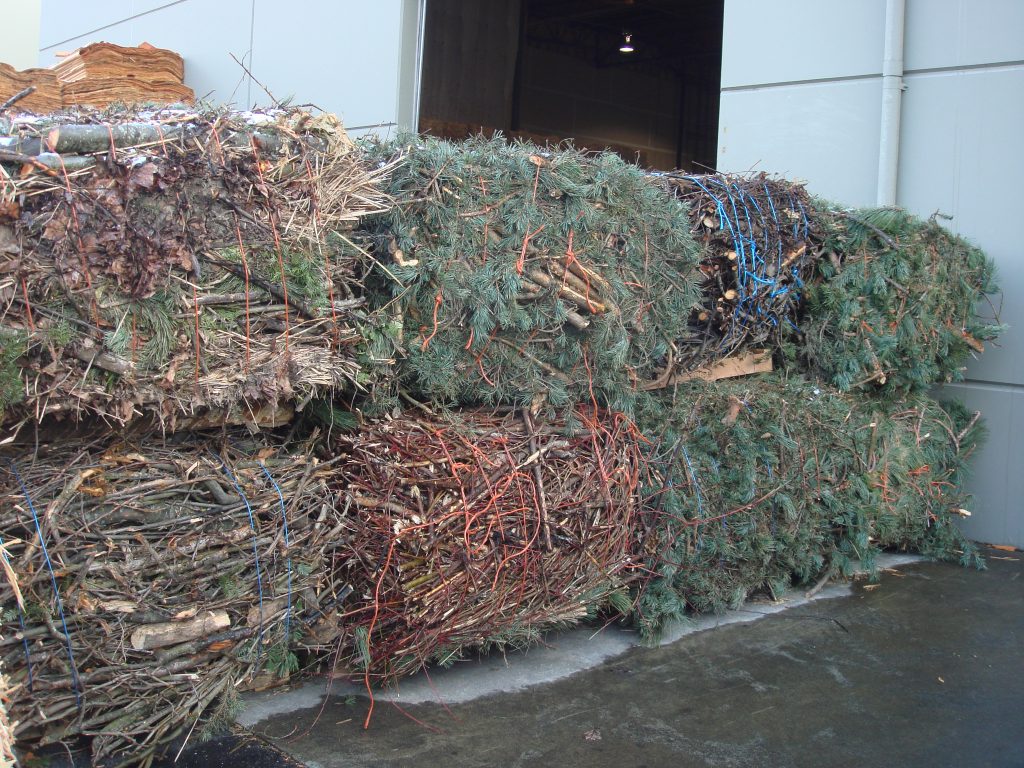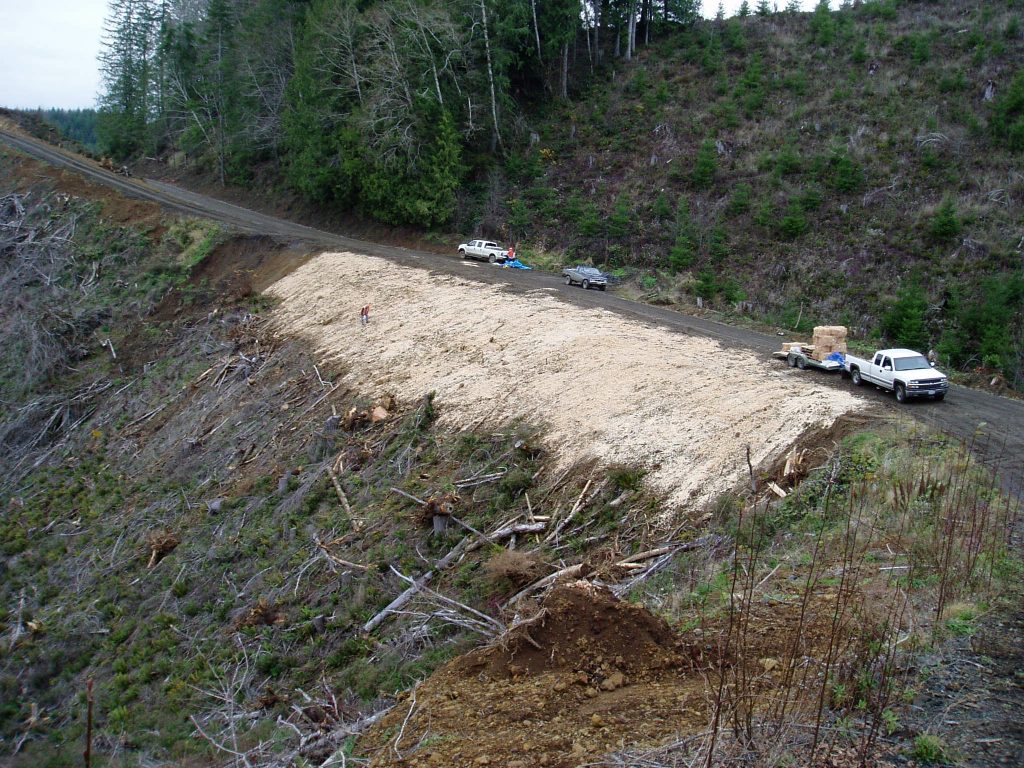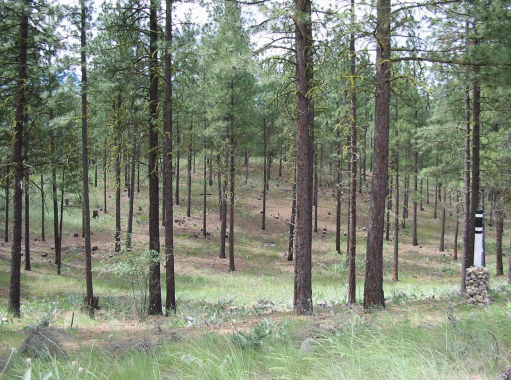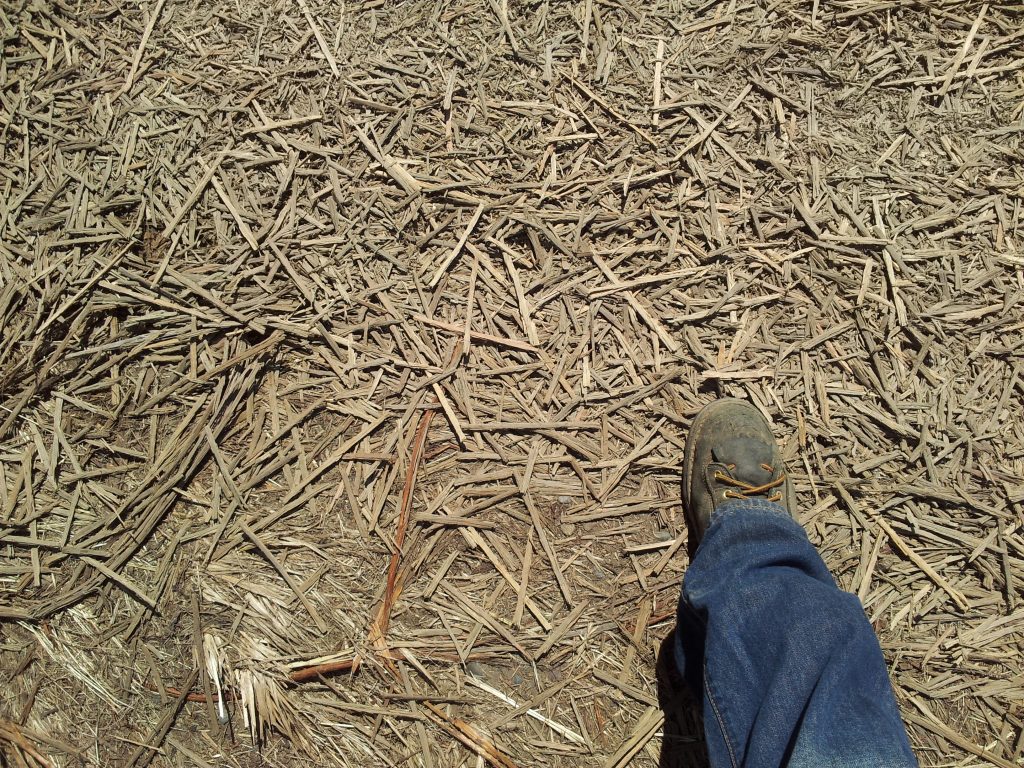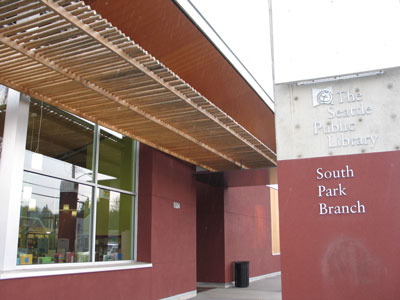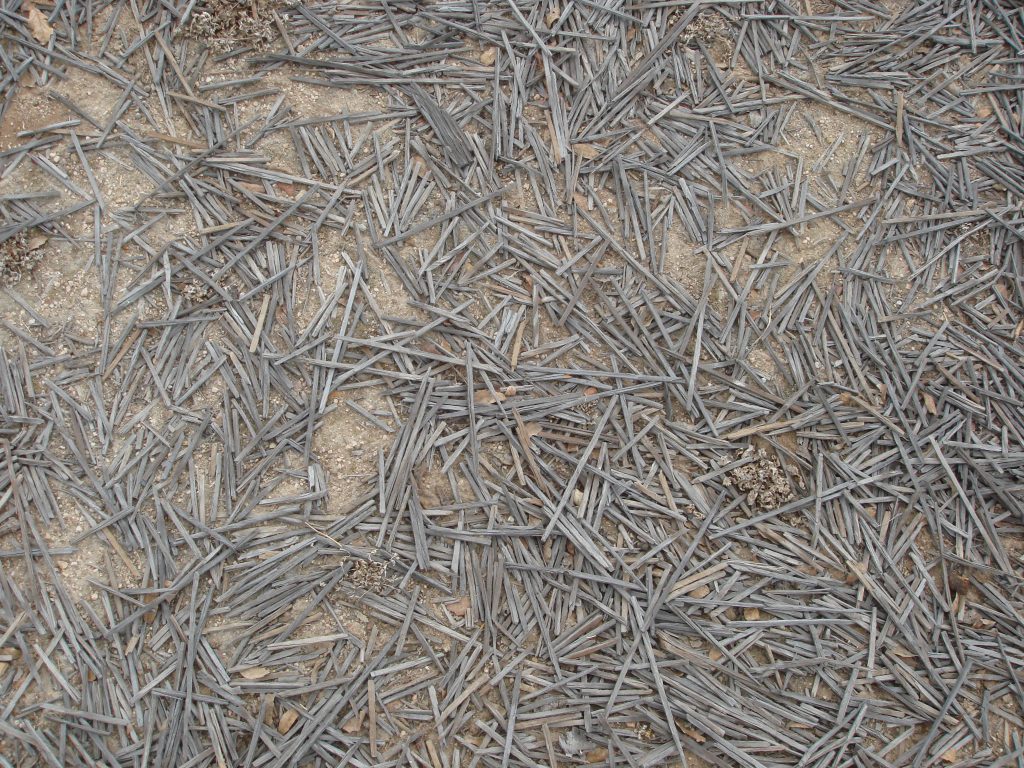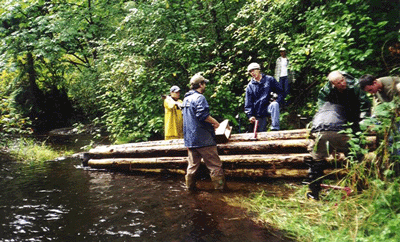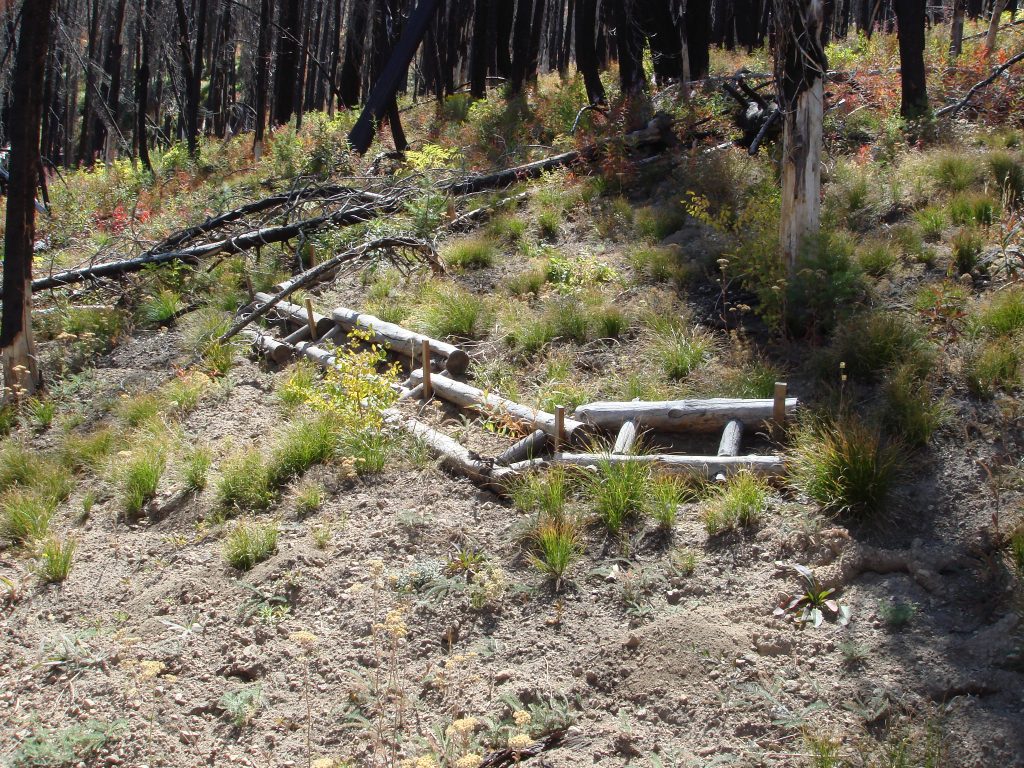Large Rectangular Bales for Woody Biomass
Abstract Woody biomass from wildfire prevention and forest health improvement projects is a significant source of feedstock for bio refineries, combustion energy facilities and other value-added uses. Baling into large rectangular bales offers increased bulk density and easier handling for local and long-distance transportation. By preserving large piece sizes, value potential is maximized. We conducted […]
Large Rectangular Bales for Woody Biomass Read More »

